Let’s take a little trip down memory lane, shall we? Picture this: It’s the golden age of Hollywood, and you’re surrounded by the likes of Raquel Welch, Sophia Loren, and Marilyn Monroe.
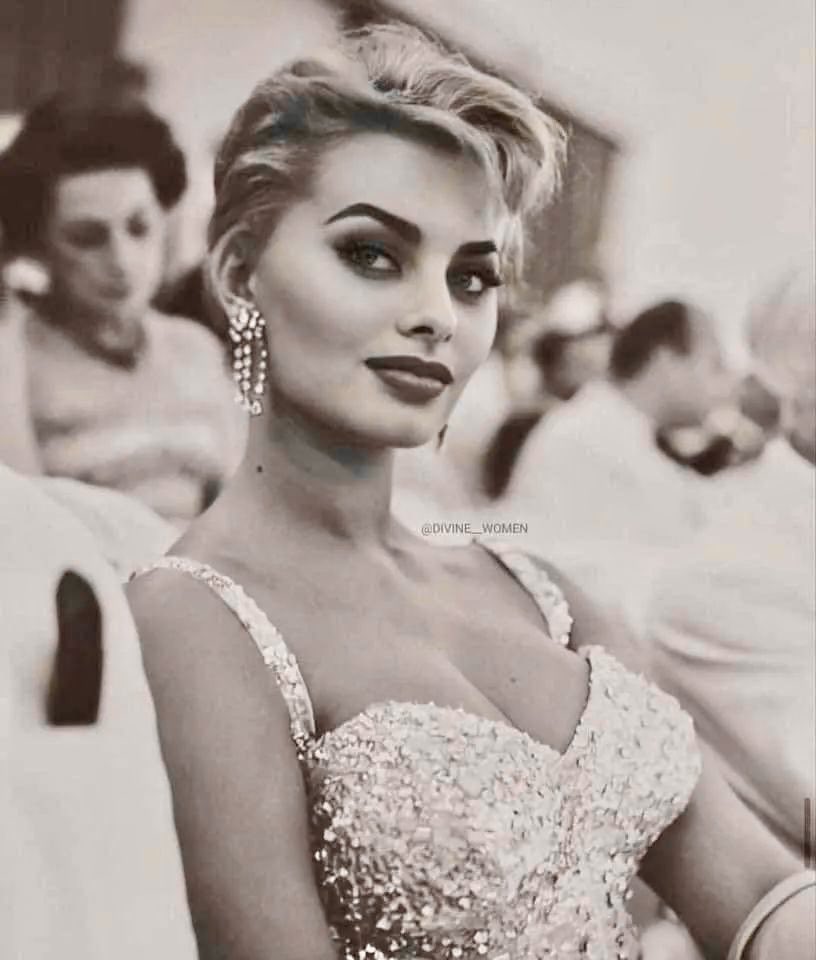
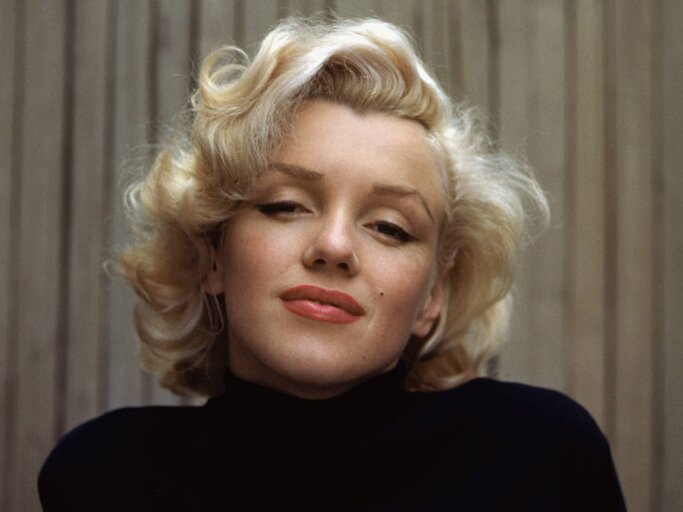
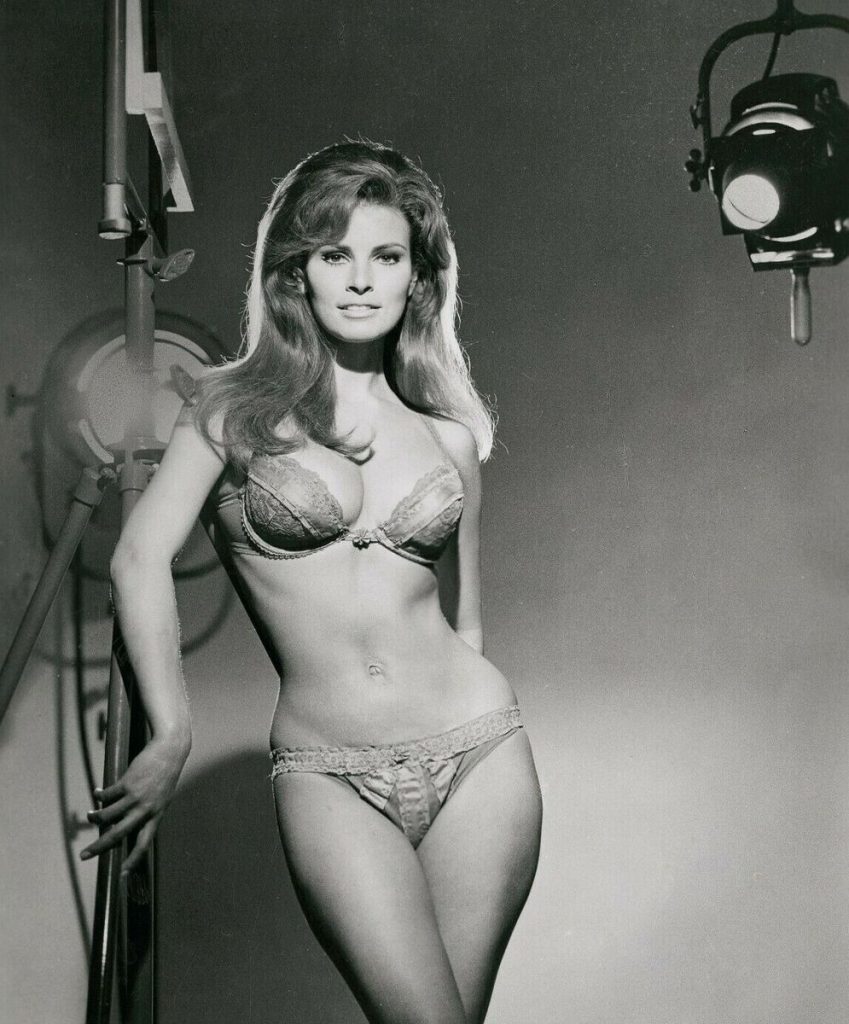
These women were far from perfect—Sophia’s nose was famously too big, and Marilyn, well, she was a glorious mix of glamour and chaos. And even 90s sensation Anna Nicole Smith, whose curves were unapologetically luscious, by today’s standards would be airbrushed into a size 6.
But here’s the thing: their imperfections made them iconic. They didn’t need Facetune or filters. They were beautiful because they were real, and that kind of authenticity had a gravitational pull.
Fast forward to today, and what do we have? A legion of Insta-clones, all chasing after the same grotesquely unattainable look.
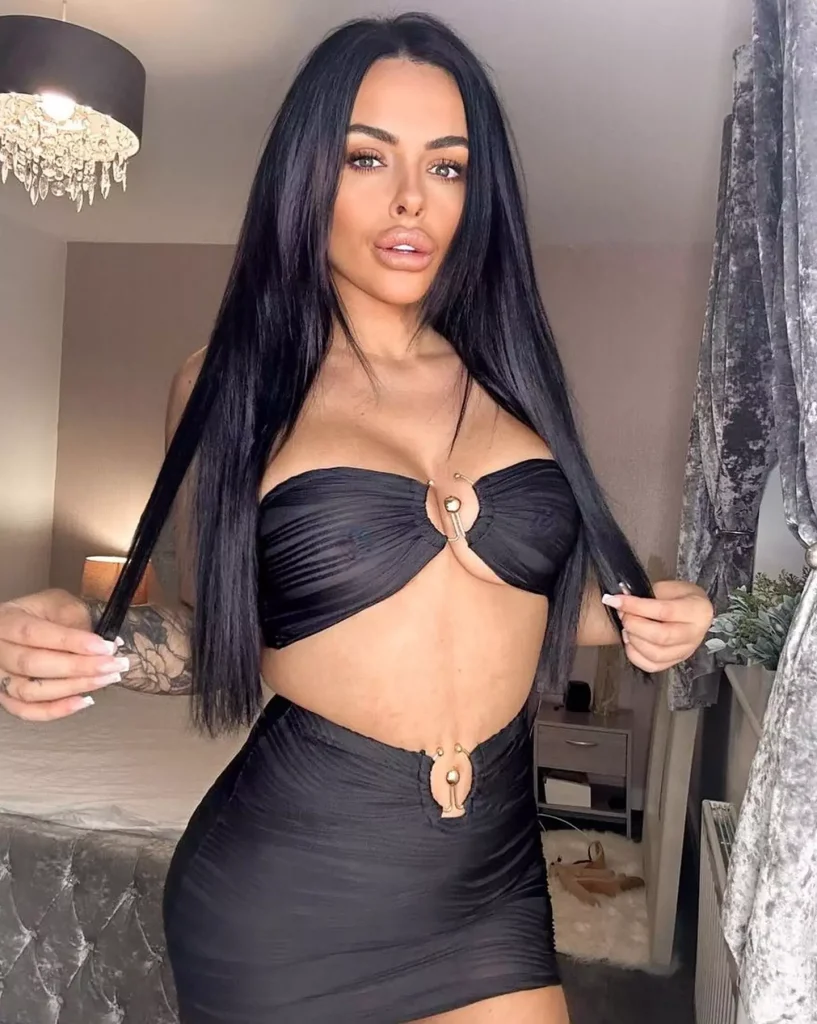
The Kardashians, with their surgically enhanced contours and digitally altered perfection, have taken what was once a celebration of unique beauty and turned it into a Stepford Wives-style dystopia. It’s not just changing your hair color or experimenting with bold makeup anymore—it’s swapping out your nose, inflating your lips, and going full Frankenstein on your face in order to look like the Instagram model standing next to you.
This is Kim Kardashian before and after plastic surgery, filters, and fillers.
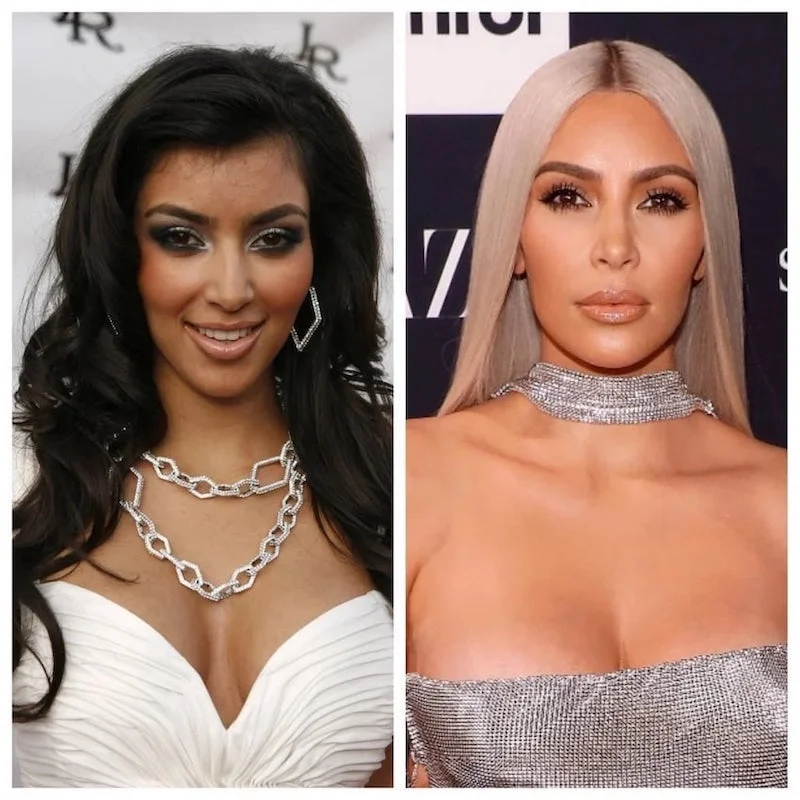
This is Khloe Kardashian before and after:
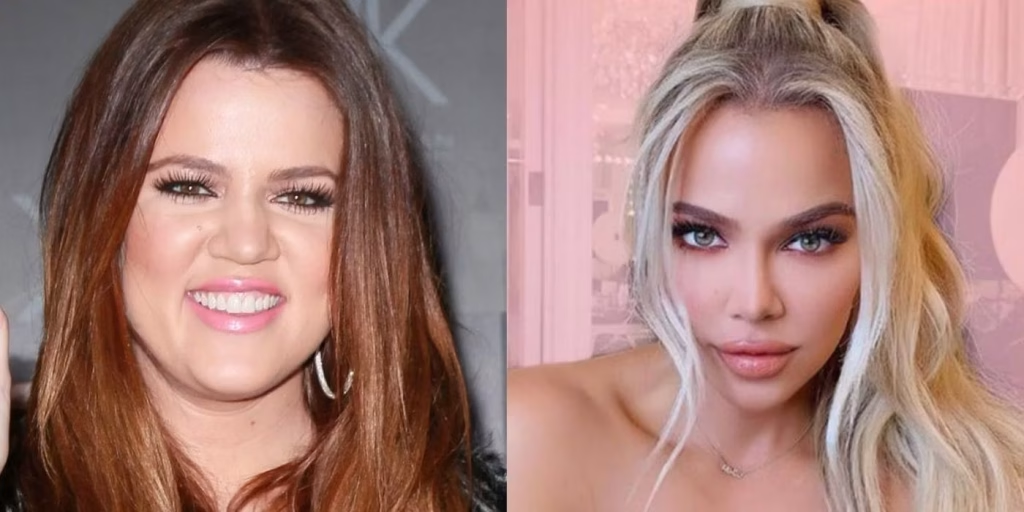
This is Kendall Jenner before and after:

And this is Kylie Jenner before and after. These girls don’t even look like the same people:
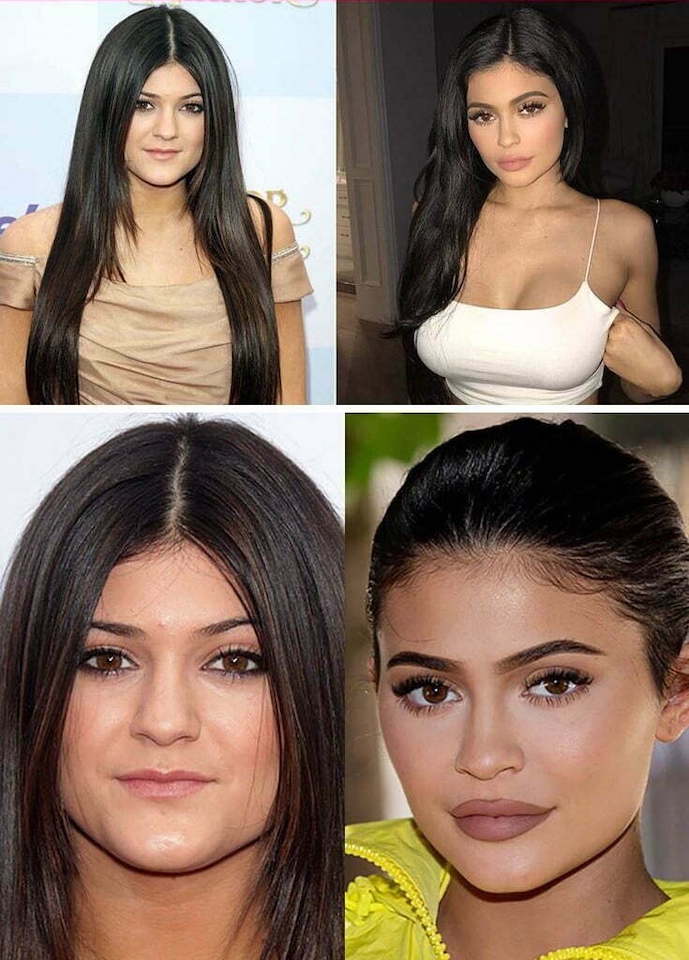
And somehow, we’ve allowed this “plastic perversion” to become the new standard for all of us. But at what cost?
Back in the day, being beautiful wasn’t about being perfect. It was about owning your uniqueness. Sophia Loren, with her distinctive features and sultry eyes, was the epitome of Italian allure, despite her large nose. Marilyn Monroe had her iconic hourglass figure, but she also had problematic dry skin and breakouts. Did she get plastic surgery? Yes, but she still looked natural. And Raquel Welch didn’t need to fit into a one-size-fits-all beauty mold—she was a force of nature.
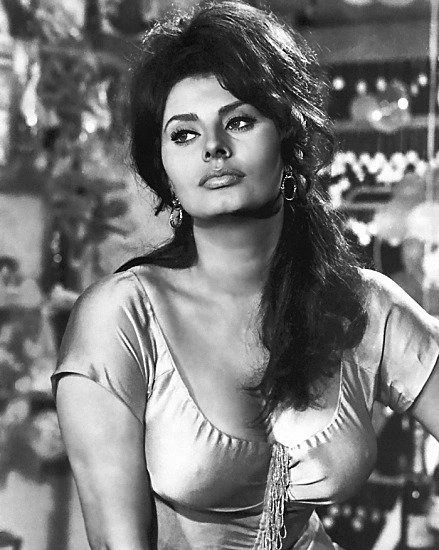

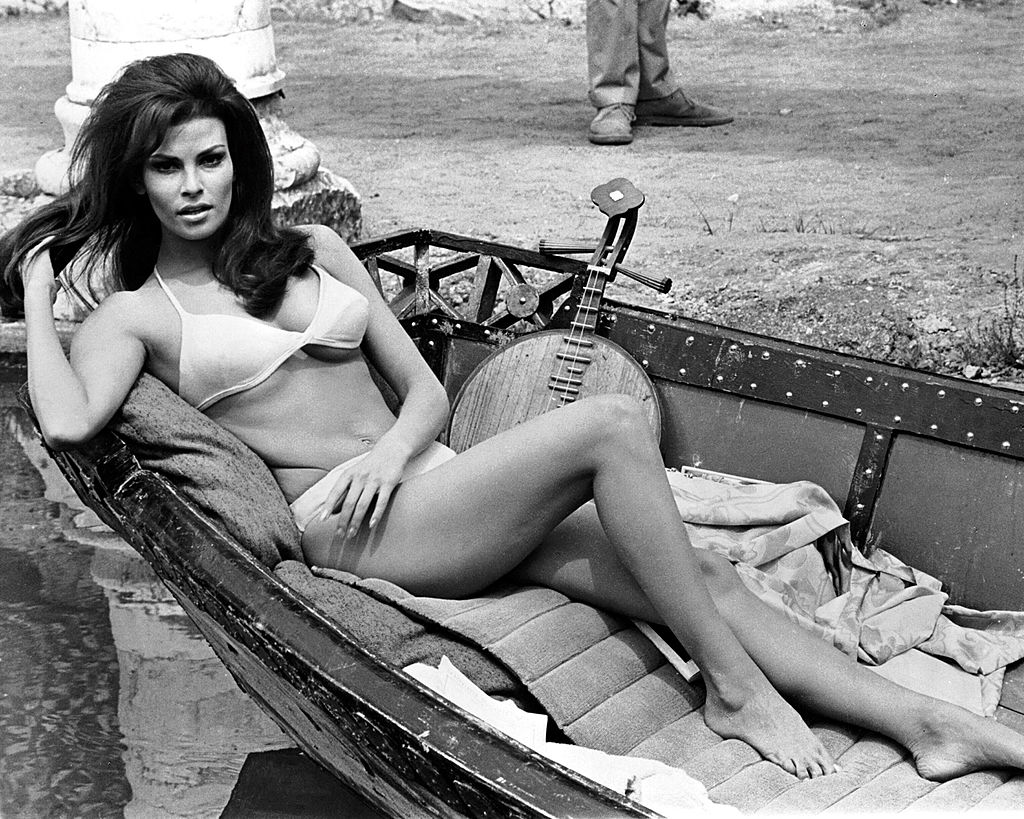
These women weren’t flawless. They didn’t have gravity-defying, surgically enhanced busts perched unnaturally high on their chests or rumps like that, either. But they were magnetic because they were unapologetically themselves. They represented a kind of beauty that was at least somewhat tangible, something you could aspire to without feeling like you needed to rebuild your face from scratch.
Enter the Kardashians: The Dawn of “Frankenwomen“…
Then along came the Kardashians, with their reality show empire and Instagram reign, shifting the beauty paradigm in a way we’d never seen before. Suddenly, the “ideal” woman had an absurdly fake snatched waist (thanks to Photoshop), a plumped-up pout, and a derrière that defied the laws of physics.
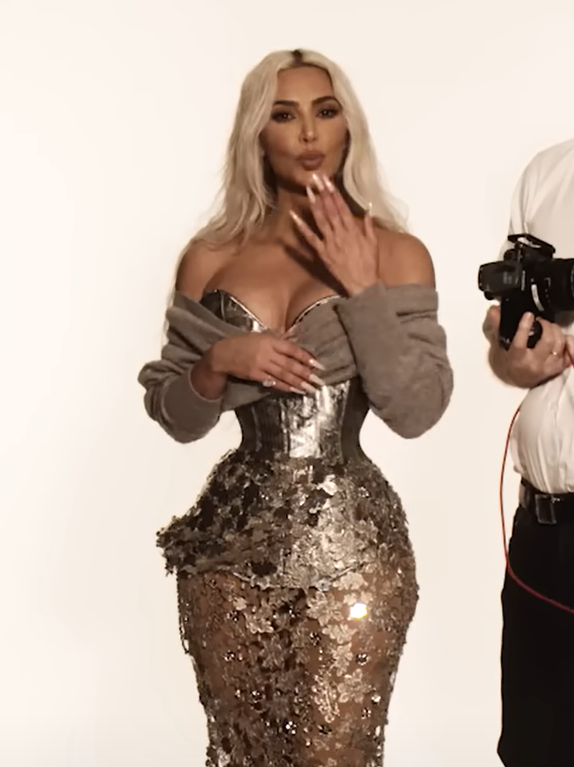
But it wasn’t just about the surgeries and procedures—it was the relentless photoshopping and filtering that created a new breed of beauty: totally artificial, completely unattainable, and yet, somehow, shockingly aspirational. The Kardashians didn’t just alter their own looks; they altered the way millions of women saw themselves. And that’s where the danger lies.
The rise of “Frankenwomen” has led to a psychological epidemic. Women are no longer just changing their hairstyles or makeup—they’re changing their entire faces to fit an ever-narrowing standard of beauty. Cheek implants, Brazilian butt lifts, nose jobs to “Kardashianize” their profiles—it’s a never-ending cycle of enhancements—and what’s worse is the goalposts keep moving. And thanks to Instagram, the pressure is relentless. Filters and editing apps have created a world where even the most beautiful women aren’t beautiful enough. It’s no wonder anxiety, depression, and body dysmorphia are skyrocketing. When perfection is just a swipe away, reality becomes dark and unbearable.
So, what happens when the line between reality and filter becomes so blurred that we no longer know what’s real?
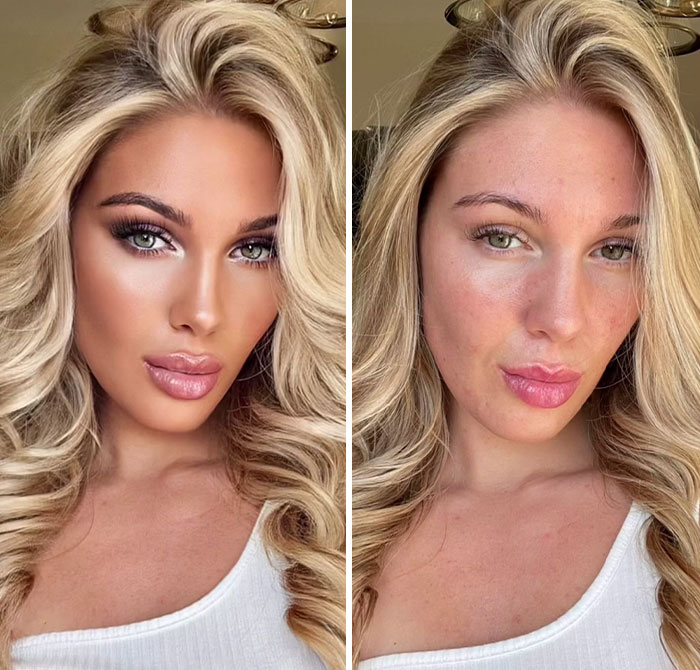
We live in a time where the filtered version of ourselves has become more popular than the real one.
We’ve become addicted to the dopamine rush of likes and comments, feeding into a cycle where validation is measured in digital hearts. It’s not just the Kardashians anymore; but thanks to them, it’s everyone, from the girl next door to your favorite TikTok star. The question is, what are we willing to sacrifice to maintain this illusion of beauty? And don’t be fooled; it’s an illusion. This is what Kim Kardashian really looks like:
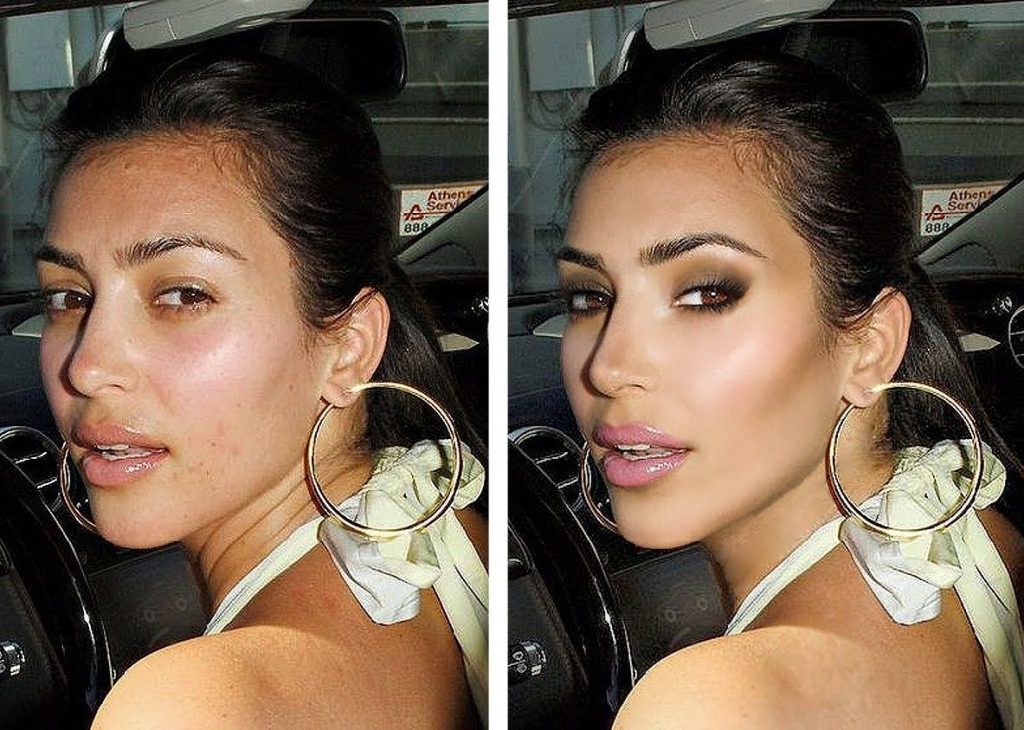
I still remember the time, way back in the early 2000s when I was a young teen, when I saw popular singer “Fergie” up close and personal. I was expecting the same bombshell I’d seen splashed across magazine covers and dominating music videos—larger-than-life and absolutely flawless. But what I got instead was a short, lumpy, very ordinary-looking woman with so much makeup caked on her face that it looked like it was about to crumble right off. She seemed dull, exhausted, and nothing like the larger-than-life persona that had been sold to us for years. Talk about a reality check. But let’s get one thing straight—it’s not that the real-life Fergie was “gross.”. She just couldn’t compete with the airbrushed fantasy we’d all been sold. Seeing her in person was like watching Superman show up looking scrawny and struggling to pick up a pencil. It wasn’t that she was bad—it’s just that the illusion crumbled under the harsh light of reality.
In truth, we’ve gone from celebrating the flaws that made us unique to chasing a manufactured idea of perfection that’s as fake as it is damaging. The quest to be “hot” has gone full Frankenstein, creating a generation of women who are literally reshaping themselves to fit an impossible and weird-looking mold. And the worst part? We’re accepting this plastic perversion as the new normal. But in a world where every flaw is erased, where every face is filtered beyond recognition, what happens to the beauty of being real?
It’s photoshopped into oblivion, never to be seen again.
The real tragedy isn’t just that we’re losing our sense of self—it’s that we’re teaching an entire generation of women to live in a virtual reality where authenticity is the enemy and perfection is the goal. So, what does that say about us? Maybe it’s time to ditch the filters and embrace a little more of the real, raw beauty that once made icons out of imperfect women. It’s okay to have a bulge, and if your boobs sag, that’s fine; gravity is real, and it’s okay. Oh, and if your top lip doesn’t look like a liferaft, who cares? Embrace it. Because if we keep going down this path, we’ll be left with nothing but a society of plastic dolls and a generation that doesn’t know how to love themselves beyond the screen and the social media “likes.”
Till next time, be wickedly wonderful.

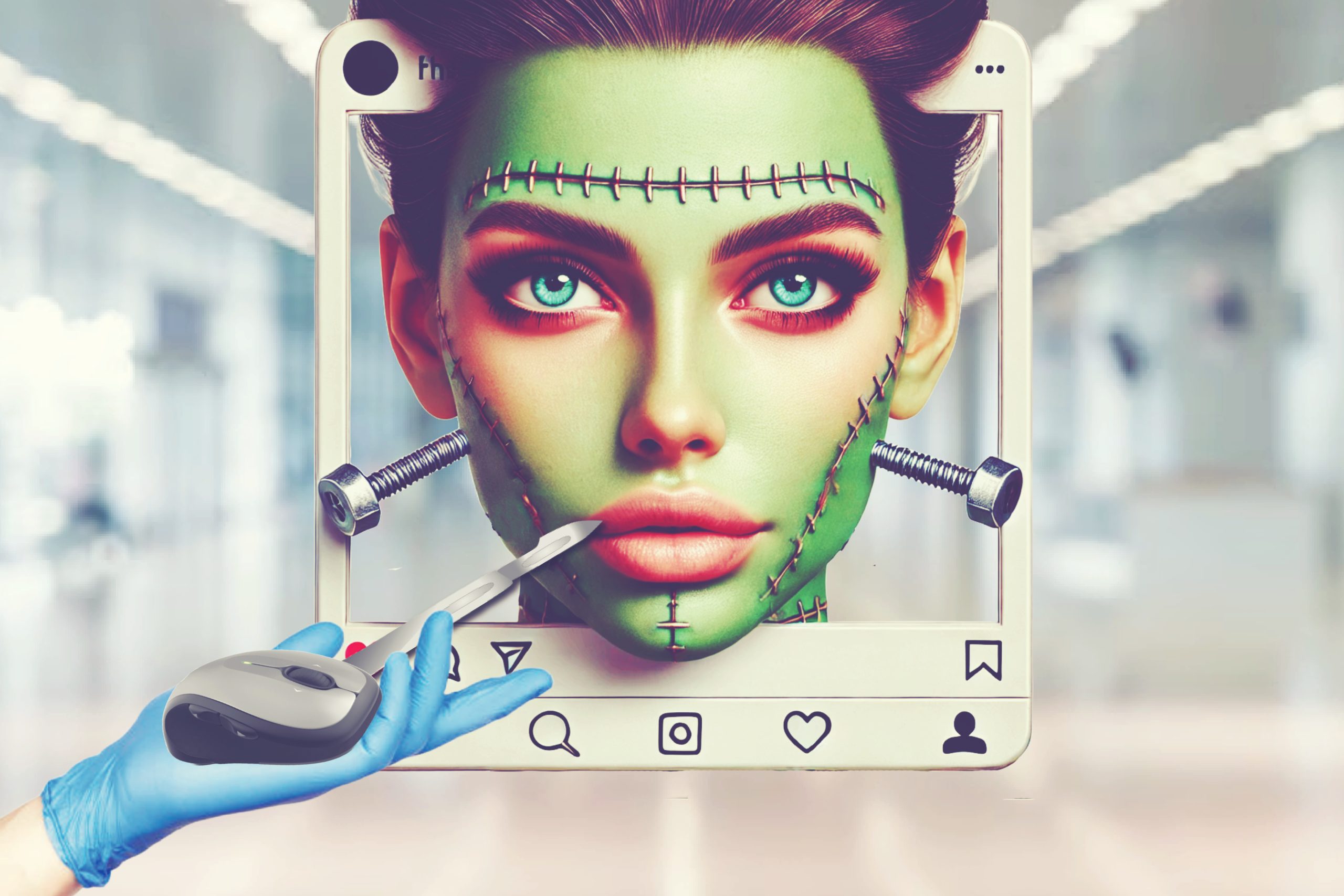


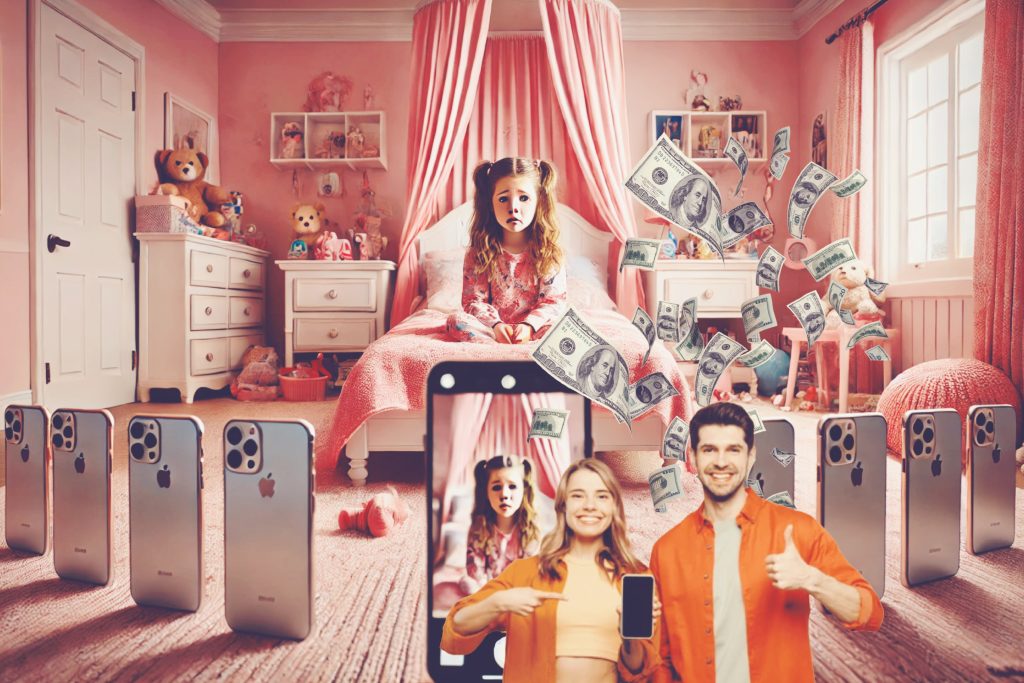
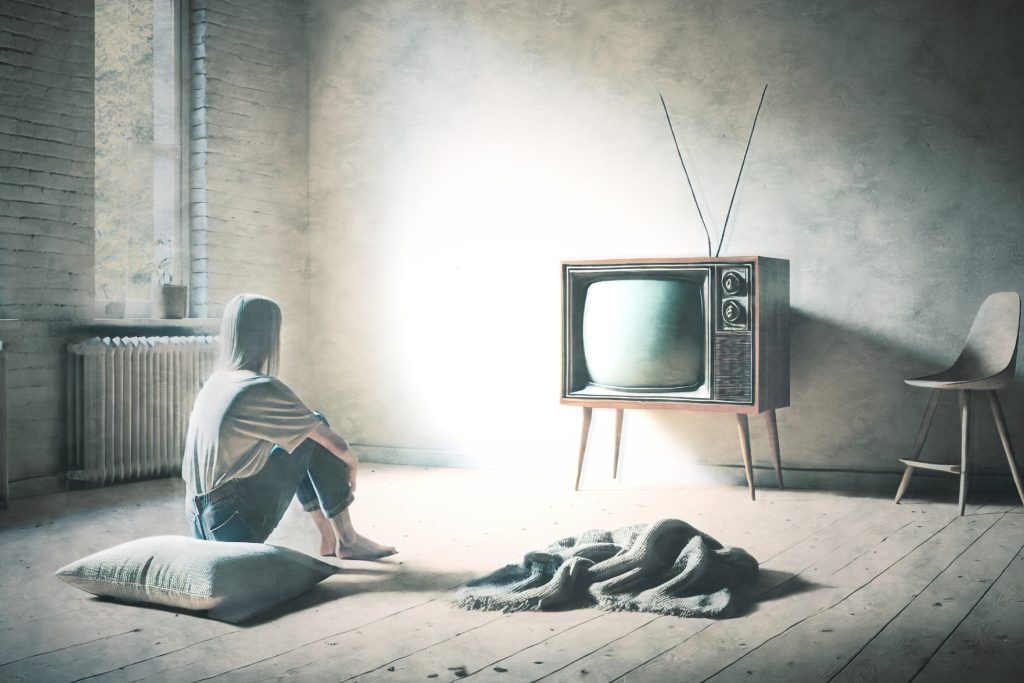
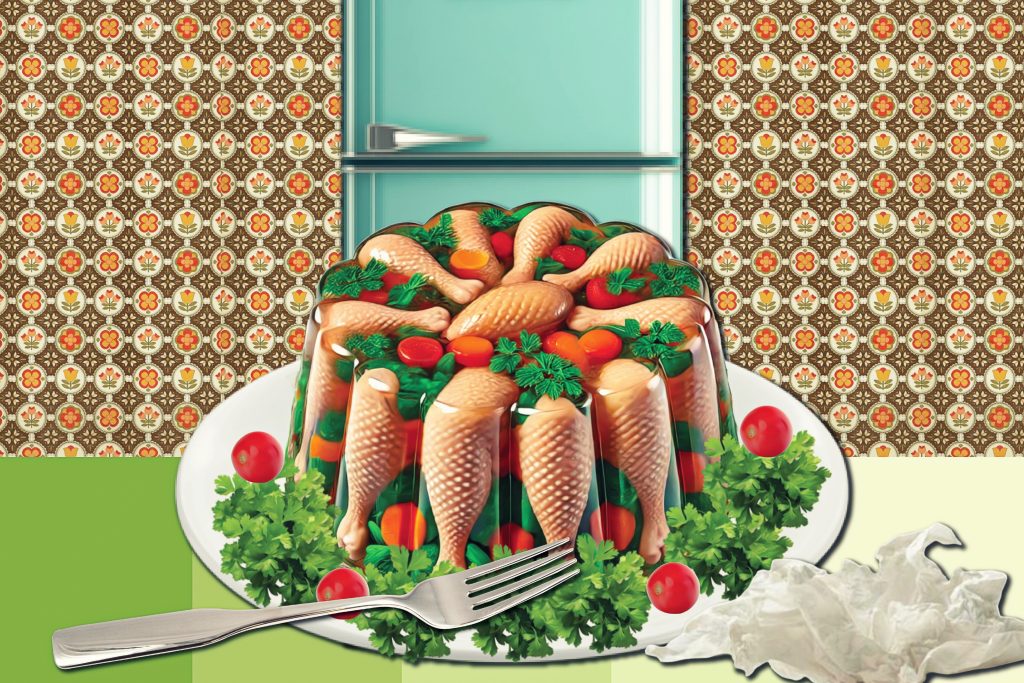
Another thing is all the women getting hideous tattoos nowadays. Like a bunch of lemmings following one another into spinsterhood. No serious man wants that.
Zeke you are on the money. I said many many years ago in late 90s that the rise of singletonism would lead to a massive uptick in suicide. Like other mammals people are supposed to mate for life. It’s built into our psychology. To run away from what we are built to do is to ensure a life of short sighted pathetic and very avoidable misery.
The “donor classes” version of “beauty” vice intrinsic beauty. The problem with intrinsic beauty is that’s it’s not profitable and here we are.
All the Kardashians ever needed was a “two for one” special on eyebrows.
So gross…not even remotely attractive….maybe if you’re into Epstein/Diddy stuff….
The satanist Kardashians are some seriously freakish, ugly Asiatic Armenian nigger bitches.
i remember when i first started dating my future wife…i told her she didn’t need to wear so much makeup and she was beautiful without it and then when she does wear it for special occasions it makes her sparkle just a little more